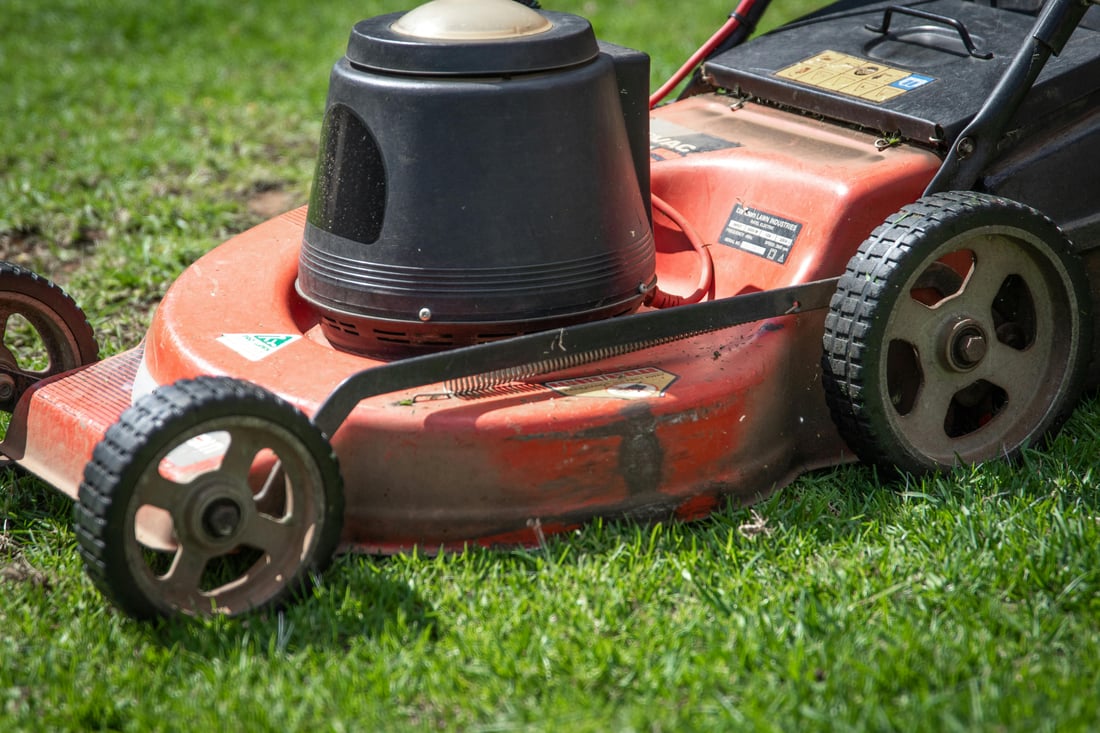Regular inspection of your grass trimmer is crucial to ensure its optimal performance and longevity. By inspecting your trimmer regularly, you can identify any issues or wear and tear early on, preventing costly repairs or replacements in the future.
Visual Inspection
Start your grass trimmer inspection by visually examining the entire machine. Check for any visible damage, such as cracked casing or bent blades. Make sure all the components are in place and properly secured. Inspect the cutting head for any debris buildup that could affect its performance.
Engine and Fuel System Inspection
Next, inspect the engine and fuel system of your grass trimmer. Check the spark plug for any signs of wear and replace if necessary. Inspect the fuel lines for any cracks or leaks, and ensure the fuel tank is clean and free of debris. It's important to keep the engine well-maintained for optimal performance.
Cutting Line Inspection
Examine the cutting line of your grass trimmer for any signs of wear or damage. Replace the cutting line if it appears frayed or worn out. Make sure the cutting line is properly installed and adjusted to ensure efficient cutting.
Safety Inspection
Safety should always be a top priority when using a grass trimmer. Inspect the safety features of your trimmer, such as the guard and handguard, to ensure they are intact and functioning properly. Check the trigger and throttle for smooth operation.
Battery Inspection (for cordless trimmers)
If you have a cordless grass trimmer, inspect the battery regularly. Check for any corrosion on the battery terminals and clean if necessary. Test the battery to ensure it holds a charge and provides adequate power for trimming.
Handle and Grip Inspection
Inspect the handle and grip of your grass trimmer for any signs of wear or damage. Make sure the handle is securely attached and comfortable to hold during operation. Proper ergonomics can help prevent fatigue and strain while using the trimmer.
Storage and Maintenance Inspection
When not in use, properly store your grass trimmer in a dry and secure location. Regularly maintain your trimmer by cleaning the cutting head, lubricating moving parts, and sharpening blades if needed. Proper maintenance can extend the lifespan of your trimmer.
Professional Inspection and Servicing
If you're unsure about inspecting your grass trimmer yourself, consider taking it to a professional for inspection and servicing. A qualified technician can thoroughly inspect your trimmer and make any necessary repairs or adjustments to ensure it's in top condition.
Conclusion
In conclusion, regular grass trimmer inspection is essential for maintaining its performance and longevity. By following these inspection tips and practices, you can ensure your grass trimmer operates efficiently and safely for years to come.
Quote Inquiry
Contact us!

